Every other month we collate Earth-centred inspiration from around the world; if you would like to receive updates like the below straight to your inbox, sign up here.
Greetings Friends,
Poised at the midpoint between Solstice and Equinox – and as Venus and Jupiter dazzle in the dark skies of this week’s New Moon – we circle back to Joy Harjo’s resonant words:
“Remember the sky that you were born under,
know each of the star’s stories.
Remember the moon, know who she is….
Remember the earth whose skin you are”
Our latest Earth Jurisprudence Update explores how – from this place of cosmic consciousness – we might choose to govern ourselves, reimagine education, structure our economies, relate to rivers and reindeer, and cultivate relationships and a sense of responsibility to ancestors and the future generations of all species. In the words of Robin Wall Kimmerer, a “practical reverence” is surely the medicine for these times.
May these initiatives and explorations seed inspiration for our collective efforts to transition towards a mutually-enhancing human-Earth relationship.
With warm and wild wishes,
Carlotta, on behalf of the Gaia Team
Ecological Law
Ecological Jurisprudence: The Law of Nature and the Nature of Law
This newly-released open access book, written by Alessandro Pelizzon, is the most comprehensive overview of ecological jurisprudence to date. “[T]his book points to the emergence of an ecological jurisprudence not only as a profound transformation of legal norms, but as a radical reimagination of law itself, and serves as a vital resource for scholars and practitioners interested in the future of environmental law.”
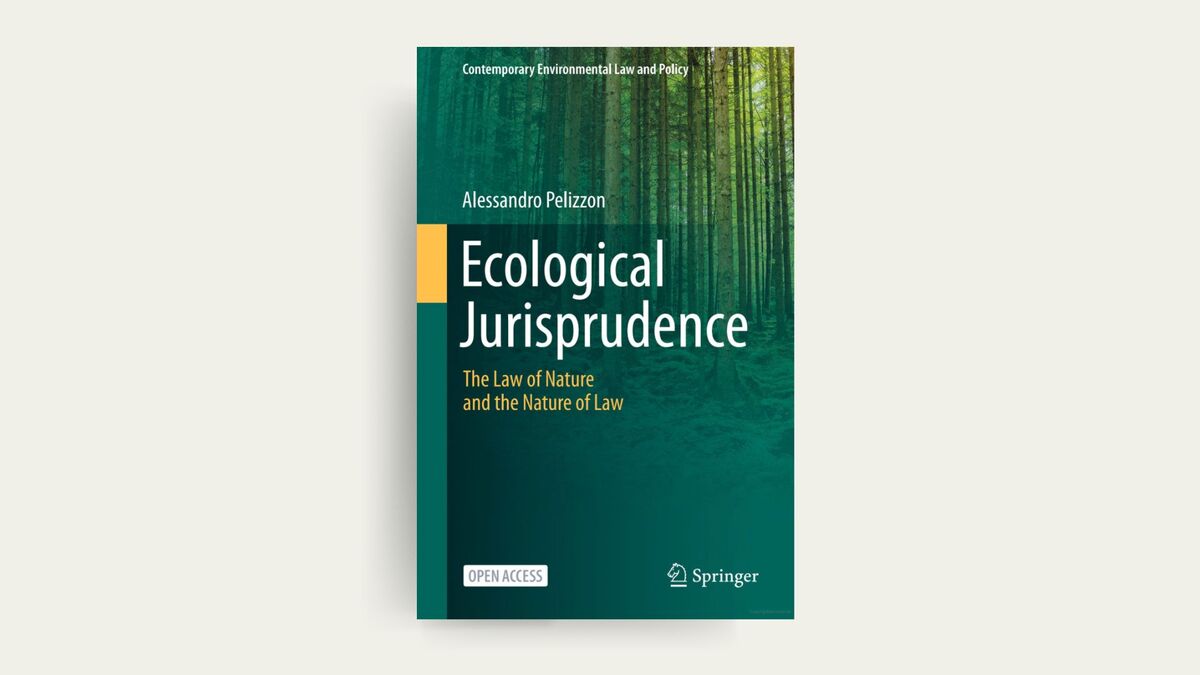
Eco-centric Legal Initiatives
In late November the Rappahannock Tribe became the first in the US to enshrine the rights of nature into their tribal constitution. In mid-January, Ecuador’s Constitutional Court ruled that coastal marine ecosystems have legal rights, affirming that the government must set limits on human activities such as industrial fishing to protect natural cycles. Yesterday, news broke that Taranaki Mounga, a sacred mountain in Aotearoa, has been recognised as a legal person. For all the latest legal developments and analysis, explore the latest edition of Alex Putzer’s mapping project, “Putting the rights of nature on the map”.
More-than-human Governance
River Exe, England: An Assembly of River Beings
“We have gathered to listen to our kin – species of the River Exe. We’ll be going into the unknown – stepping into a place of possibility and play: shared listening, deep attention and reflection. As Convenors – river and water – we will hold this space openly, hearing from each being. Is it possible to weave the story of our shared ‘beingness’ and kinship? Could a Covenant for the River Exe emerge?” Thomas Rickard recounts an extraordinary gathering of an Assembly of the River Beings of the Exe in southwest England, inspired by Joanna Macy and John Seed’s Council of All Beings.
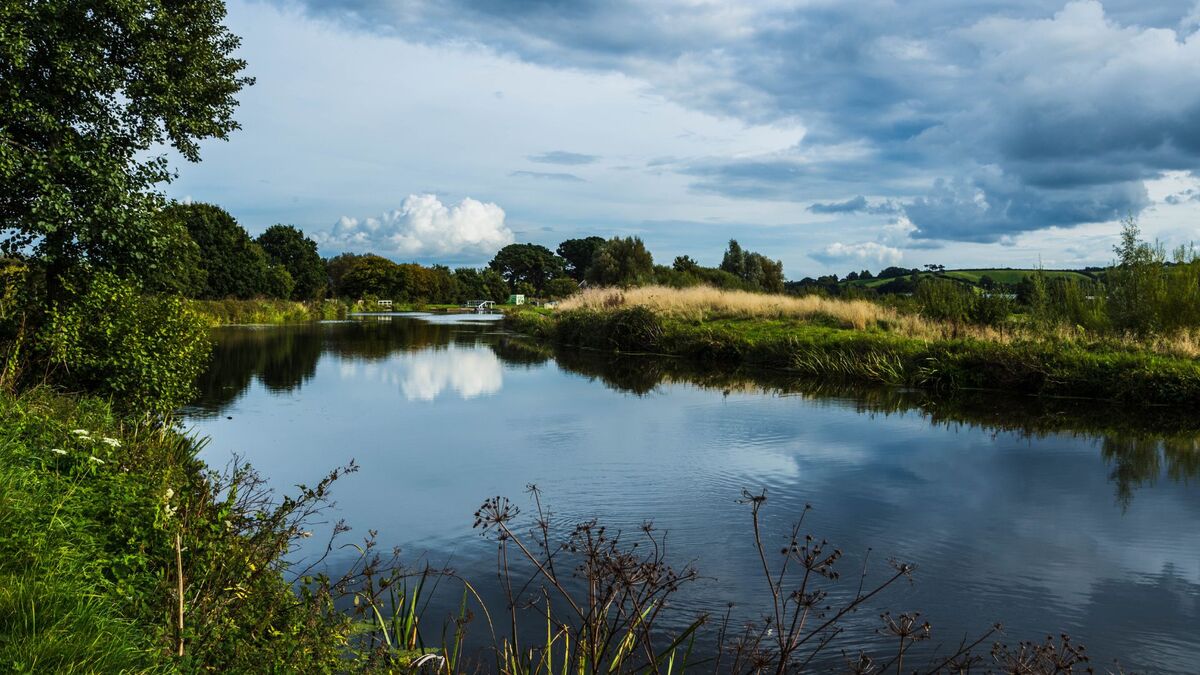
The Ocean Enters the Boardroom
The Scottish Association for Marine Science (SAMS) has decided to elect the Ocean to be a Trustee, championing a future where the Ocean’s voice is central to decision-making. “In an era of ecological crisis, this bold move is not just symbolic, it is essential. By giving the Ocean a seat at the table, SAMS acknowledges its profound debt to this life-sustaining entity. More importantly, it signals a commitment to the Ocean not just for today, but for generations to come.”
Starscapes
The Right to the Night
“We are losing the night… Light pollution has increased so dramatically that, within a single generation, approximately half of the stars in the night sky visible to the unaided eye will disappear from view.” Combining the fields of law and astronomy, this paper outlines three legal approaches to protect the night sky: individual rights, community rights, and rights of nature.
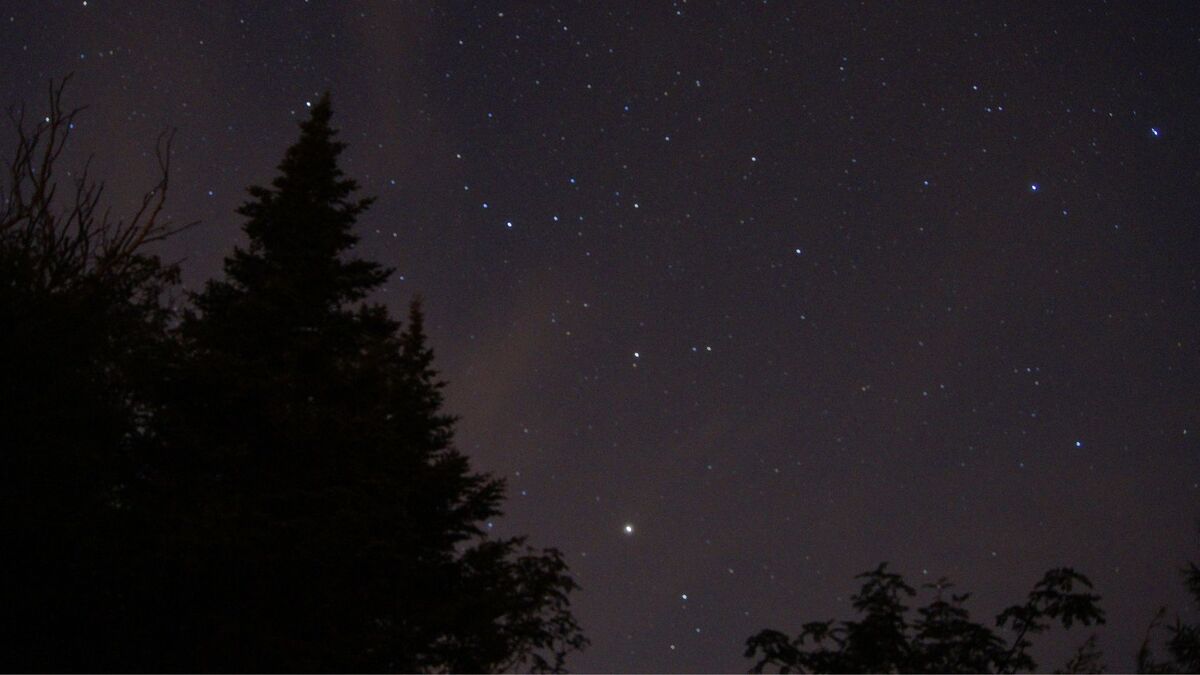
Rewilding
How Folklore and Songs are Key to Rewilding Finland’s Reindeer
The Guardian reports how the reintroduction of wild forest reindeer to the vast bogs of remote Karelia, Finland, is being accompanied by the revitalisation of the culture and folklore associated with the animals. “The hope of the project is that once reindeer are reintroduced, communities will want to preserve them, and understand why they are important animals culturally and ecologically.”
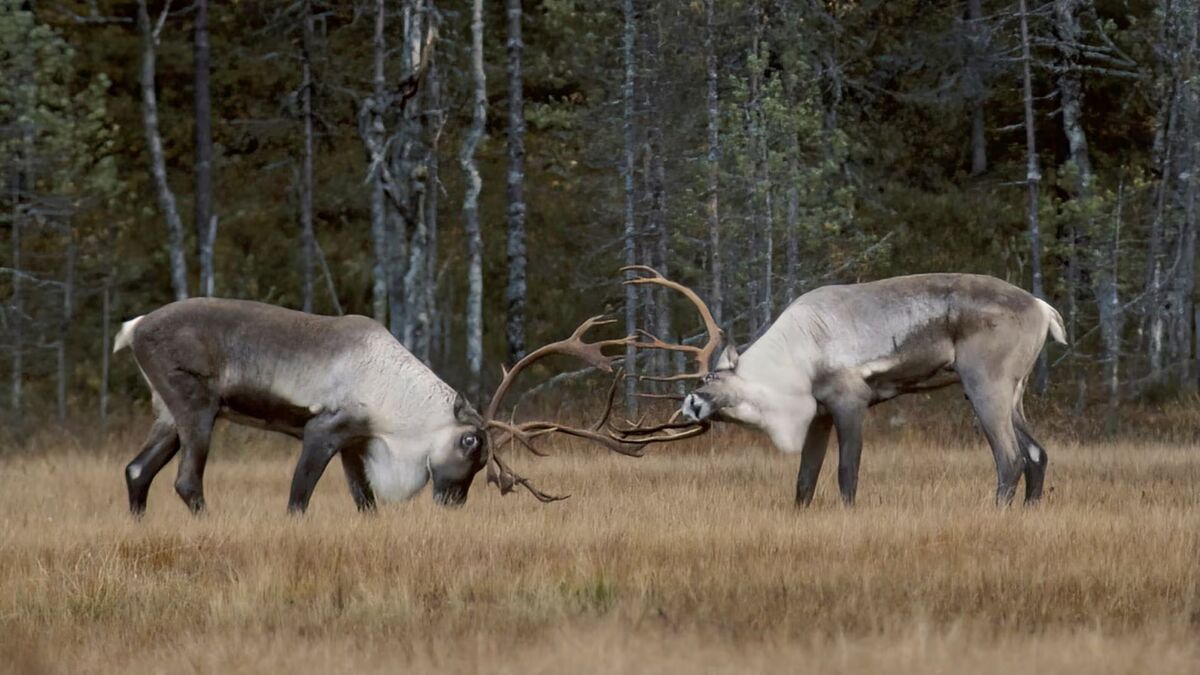
Being a Good Ancestor
The Long Time Academy
“Over six episodes, activist and storyteller Ella Saltmarshe will take you on a journey to discover how to become a better ancestor. You will learn from scientists, politicians, economists, artists, philosophers, lawyers and indigenous wisdom-holders.” Accompanying the podcast discussions is a sequence of practices to explore deep time, connect with future generations and decolonise our imaginations.
Planetary Boundaries
Post-growth: The Science of Wellbeing within Planetary Boundaries
This journal paper by Kate Raworth, Jason Hickel and others, explores post-growth economics. “Post-growth refers to societies that do not pursue GDP growth as an objective, and which are able to meet human needs in an equitable way without growth while staying within their fair share of planetary boundaries.”
Reimagining Education
Schumacher Wild
For over 30 years, Schumacher College has pioneered holistic ecological education. The College community is now engaged in a deeply transformative journey: “a wild and nomadic adventure of collective inquiry as we reimagine the college and co-create a new curriculum fit for the 21st Century.” Supported by the Satish Kumar Foundation, Schumacher Wild invites those interested to get in touch to find out more about how you can join and support them on this journey.
Reverence and Remembrance
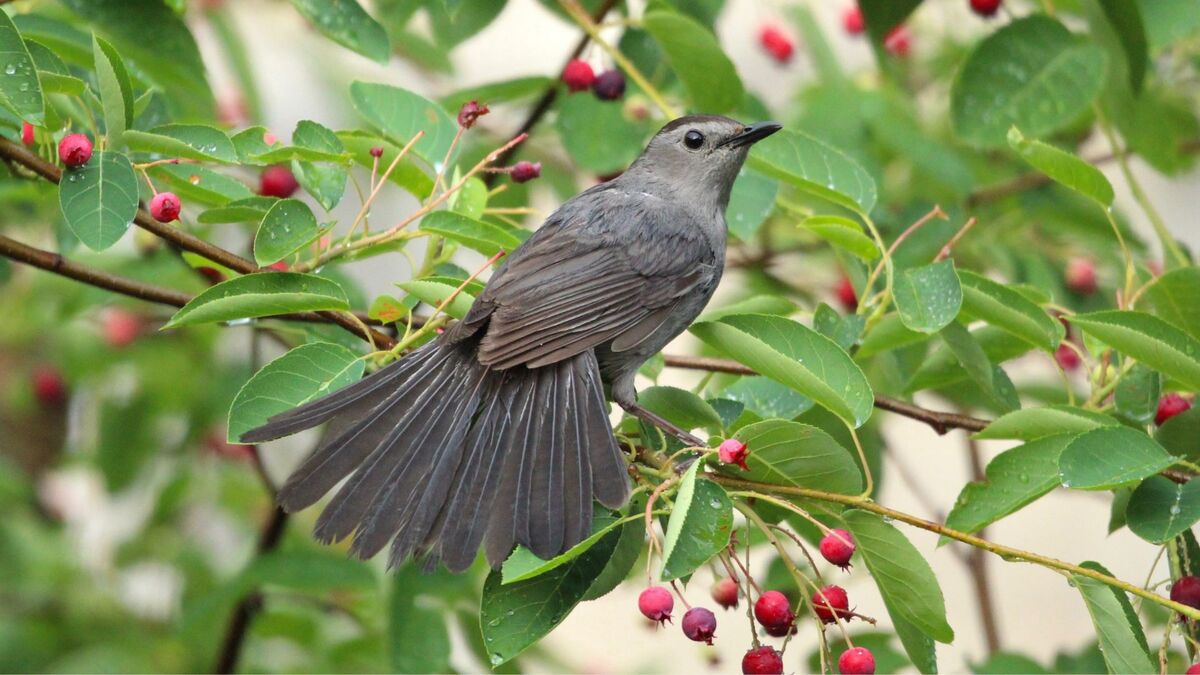
Practical Reverence: An Interview with Robin Wall Kimmerer
Emergence Magazine talks with Potawatomi botanist Robin Wall Kimmerer about the serviceberry as a living model for a gift economy that recognises the sacred nature of the Earth. “Robin offers a framework for embodying a practical reverence: an ethic of care, reciprocity, and gratitude for the Earth and Her abundance.”
Remember by Joy Harjo
We close as we began: with an extract from Joy Harjo’s rallying call of remembrance; recently re-published by Emergence Magazine.
“Remember the sky that you were born under,
know each of the star’s stories.
Remember the moon, know who she is….
Remember the earth whose skin you are:
red earth, black earth, yellow earth, white earth
brown earth, we are earth.
Remember the plants, trees, animal life who all have their
tribes, their families, their histories, too. Talk to them,
listen to them.”
